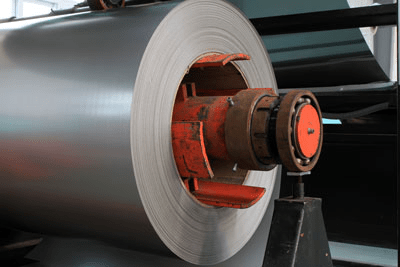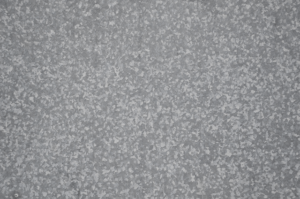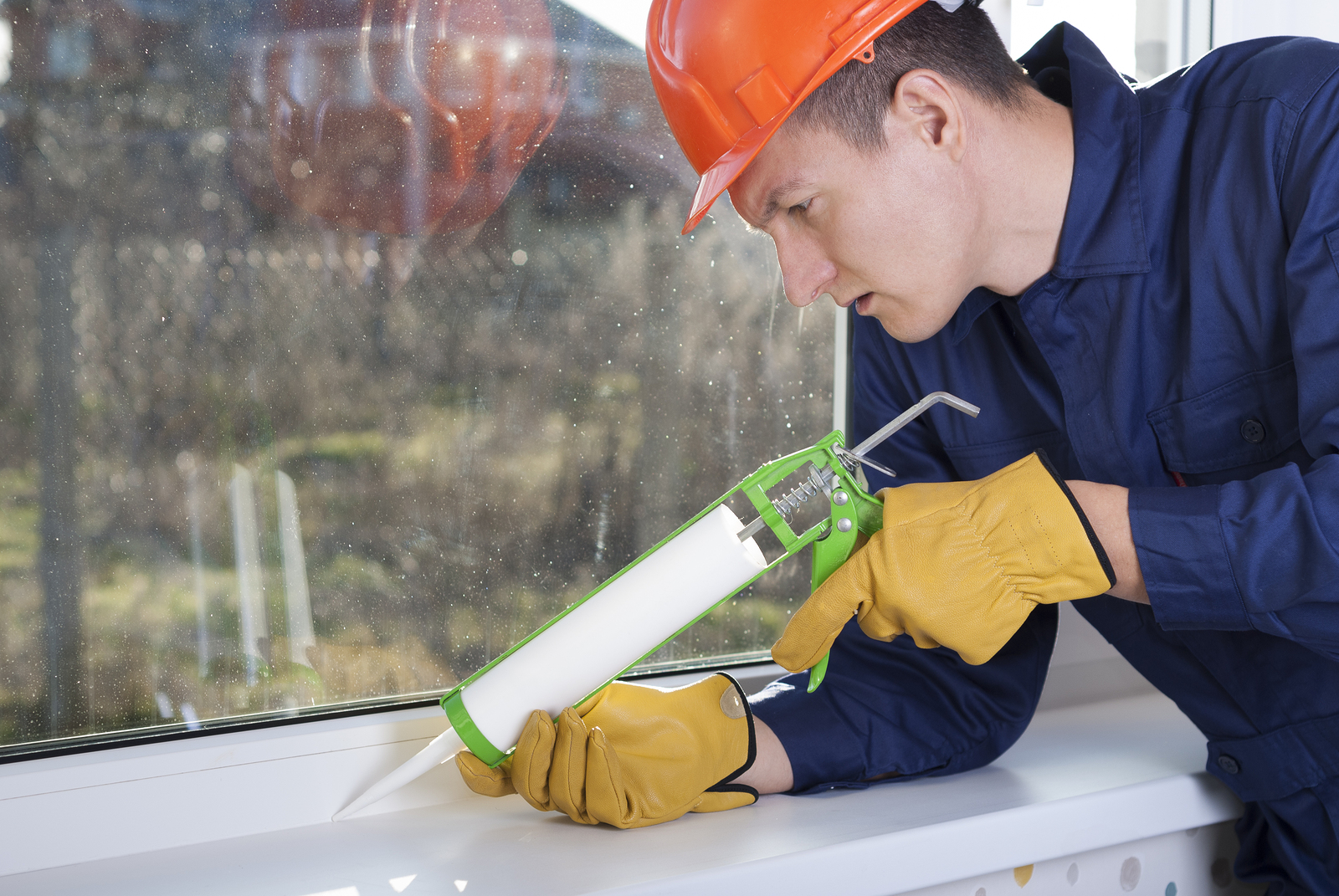
WHICH ONE IS BEST FOR YOUR SHANTY PROTECTION?
Do you know the difference between Galvanized and Galvannealed steel?
They both are zinc coated at the mill and are designed for rust and corrosion resistance. Both are passed through a hot-dip coating process; however, Galvannealed Steel goes through an additional annealing process. In metallurgy and materials science, annealing is a heat treatment that alters the physical and sometimes chemical properties of a material to increase its ductility and reduce its hardness, making it more workable. Annealing induces diffusion alloying between the molten zinc coating and the steel. This vastly improves the form-ability and paint adhesion of the Galvannealed material but leaves it with a duller matte surface compared to the spangle finish achieved with just Galvanized.
They both fall under ASTM A 653/A 653M. The Galvannealed is designated with an “A” (A40, A60); and Galvanized designated with a “G” (G40, G60). The number call out for both is the weight of the coating; G60 or A60 is 0.60 ounces per square foot (resulting in an ‘average’ thickness of about 0.0005 inches).
The production of Galvannealed and galvanized steels start out similarly the steel begins with hot-dip galvanization. After passing through the galvanizing zinc bath the sheet steel passes through air knives to remove excess zinc and is then heated in an annealing furnace for several seconds causing iron and zinc layers to diffuse into one another causing the formation of zinc-iron alloy layers at the surface. The annealing step is performed with the strip still hot after the galvanizing step, with the zinc still liquid.
Galvanized Steel
Galvanized steel receives the benefits mentioned above, as well as a unique appearance. The visual result of galvanization is a shiny, spangled surface, characterized by mottled light and dark gray patches.

The size and shape of the spangle-pattern can be controlled by the choice of zinc alloy, bath temperature, and cooling rate.
The most common galvanized steel variations seen in architecture are:
G30 – .30 oz coating per square foot
G60 – .60 oz coating per square foot
G90 – .90 oz coating per square foot
Thicker coatings generally last longer, because they take longer to corrode.
However, that means they also have decreased workability.
Galvannealed Steel
Galvannealed steel goes through an extra processing step. Once the raw steel is coated in zinc, it is then heated to a higher temperature (over 1000° F). This process pulls the iron from the steel, causing it to mix with the zinc coating. Consequently, the coating becomes harder, more scratch-resistant, and more uniform in appearance.
Galvannealed steel does not have a spangled appearance.
The finish of galvannealed steel is flat grey with a matte texture.
Galvannealed steel bonds better with paint, and it’s better for welding.
Consider Two Things: Location and Appearance.
If the metal will be used in exterior design, or in a damp or salty environment, you’ll want to consider using a tougher coating like G90. If it’s likely to be scratched or impacted, the harder A40 galvannealed finish is preferable. But if your application is mild, a thinner coating will suffice.
As for appearance, galvanized steel can certainly be painted, finished, or coated. However, their natural aesthetic is quite appealing for many designers. Spangle-patterns are unique to galvanization, and no two pieces will be the same.
The surface of galvannealed steel has a very slight, matte texturing. It is perfect for painting because paint bonds well mechanically with this type of surface. If you prefer a painted metal, galvannealed steel will be more appropriate.

